Proactive and self-reliant in capital construction of North-South high-speed railway
The high-speed railway on the North-South axis will be invested with public investment capital to have the highest possible independence in selecting construction contractors, equipment and technology suppliers.
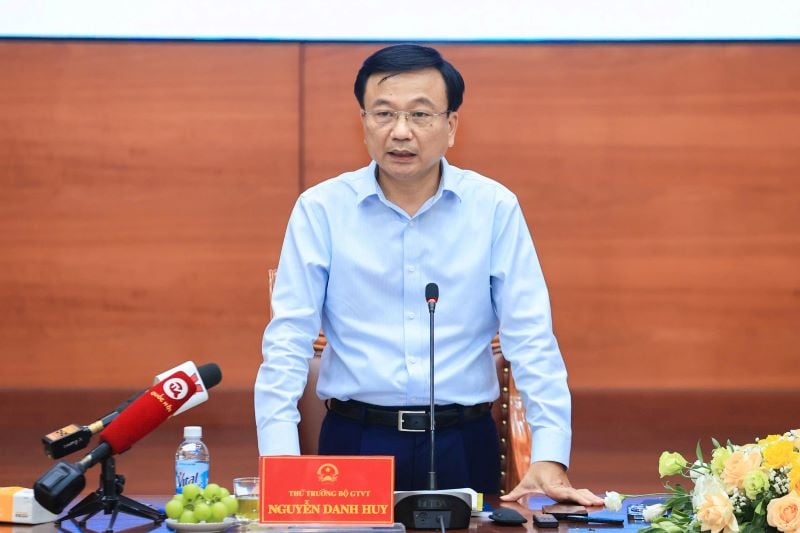 |
| Mr. Nguyen Danh Huy, Deputy Minister of Transport . |
This is the affirmation of Mr. Nguyen Danh Huy, Deputy Minister of Transport at a meeting with relevant press agencies regarding the investment policy for the high-speed railway on the North-South axis.
According to Mr. Nguyen Danh Huy, the North-South high-speed railway investment project with a total preliminary investment of about 67.34 billion USD is being proposed by the ministry to competent authorities to apply the form of public investment.
Specifically, the Project's investment capital will be mobilized from the central budget arranged in medium-term periods, capital contributed by localities, mobilized capital with low costs and few constraints...
During the construction and operation process, businesses will be called upon to invest in service and commercial areas at the stations; and invest in additional vehicles for exploitation when needed.
“In case the medium-term public investment capital is still lacking, the Ministry of Transport recommends issuing domestic and international bonds. For ODA loans, if accessible, they must have the least binding conditions,” Mr. Huy added.
The choice of public investment, as explained by the leader of the Ministry of Transport, will help Vietnam have the highest independence and autonomy in choosing construction contractors, equipment and technology suppliers for the Project. Currently, the country's position and strength can completely meet this requirement.
Regarding the selection of construction units, equipment and train suppliers for the Project, Deputy Minister Nguyen Danh Huy affirmed that price is not the only deciding factor. In addition to the reliability of technology and equipment, there is also the factor of technology transfer, especially mastering the entire operation and maintenance work and gradually producing some components and spare parts for high-speed railways.
One advantage is that compared to about 10 years ago, countries that own high-speed rail technology are now willing to transfer technology. This helps Vietnam have more options, avoiding dependence on one country.
In order to create maximum conditions for domestic enterprises, thereby gradually forming a railway industry, when implementing the project, competent authorities will require the general contractor to commit to transferring technology and making maximum use of domestically available goods and services; at the same time, allowing orders to be placed with a number of domestic enterprises or domestic and foreign joint ventures to manufacture vehicles and equipment in Vietnam.
“With the demand for materials such as rails, trains, and signal information systems from the high-speed railway on the North-South axis and urban railway lines in Ho Chi Minh City and Hanoi, which have been planned for investment, a large enough market capacity will be created for domestic investors to confidently invest,” said Mr. Nguyen Danh Huy.
According to the representative of the Ministry of Transport, the ability to localize and master technology depends on the level of development of the metallurgical, mechanical engineering, and supporting industries. With the current capacity and level in the country, the ability to localize and master technology between the speed ranges of 250km/h, 300km/h, and 350km/h are similar.
Research shows that if technology is transferred and there are some appropriate policy mechanisms, Vietnam can master the entire construction industry, be self-sufficient in all operations and maintenance work, and gradually localize the production of some components and spare parts.
As a long-time employee of the North-South high-speed railway project, Mr. Nguyen Ngoc Dong - former Deputy Minister of Transport, said that the railway industry is a very narrow field, requiring a mechanism for ordering and purchasing within a certain period for domestic mechanical enterprises.
“The spirit is to master the operation, maintenance and replacement of equipment and components when necessary to avoid dependence on foreign countries. Currently, the level of railway industry, mechanical engineering and construction enterprises can meet this requirement,” Mr. Nguyen Ngoc Dong analyzed.
According to a representative of the Ministry of Transport, compared to the time when the North-South high-speed railway project was first submitted to the National Assembly in 2010, Vietnam's financial capacity conditions are now much more mature.
According to research by the World Bank, this is the right time for Vietnam to invest in high-speed railways when the average income per capita in 2023 will reach 4,284 USD/person, higher than many countries when deciding to invest in high-speed railways and is expected to reach 7,500 USD by 2030 (the country's GDP is estimated at about 540 billion USD).
The high-speed railway line on the North-South axis is expected to have many types of tickets, in which the lowest ticket price will be equal to 75% of the average airfare of traditional airlines and low-cost airlines. This ticket price is considered competitive and suitable for people's ability to pay at the time the project is put into operation.
For the Project to be completed by 2035, it is necessary to arrange public investment capital continuously for 12 years, each year on average need to arrange about 5.6 billion USD equivalent to 24.5% of annual medium-term public investment capital arranged in the period 2021-2025 and reduced to about 16.2% in the period 2026-2030 if the medium-term public investment ratio remains at 5.5 - 5.7% of GDP as present.
According to the assessment of public debt safety indicators when implementing the Project investment, it shows that by 2030, all three criteria: public debt, government debt, and foreign debt of the country are lower than the allowable level; two criteria on the country's foreign debt repayment obligation and increasing budget deficit.
For the period after 2030, because the input data on GDP scale, budget deficit, interest rates, term structure are assumptions, etc., there is no official data yet.
“However, the assessment data does not take into account the project's contribution to GDP growth during the construction period, which, according to calculations by the Ministry of Planning and Investment, will increase by about 0.97% per year compared to no investment in the project; revenue from land exploitation in TOD areas and commercial exploitation, expected to be about 22 billion USD, will contribute to improving all of these indicators,” said the Ministry of Transport.
According to the plan proposed by the Ministry of Transport, the high-speed railway will have a design speed of 350 km/h; a length of about 1,541 km; double track, 1,435 mm gauge, electrified; and a total investment of about 67.34 billion USD.
The route has the function of transporting passengers, meeting dual-use requirements for national defense and security, and can transport goods when necessary; the existing North-South railway transports goods (heavy goods, bulk goods, liquid goods...) and short-distance tourists.
Source: https://baodautu.vn/chu-dong-tu-luc-cao-nhat-ve-von-xay-duong-sat-toc-do-cao-bac---nam-d226358.html







![[Photo] Impressions of the Can Gio Whale Festival](https://vphoto.vietnam.vn/thumb/1200x675/vietnam/resource/IMAGE/2025/10/09/1759984089762_image12334-5642-jpg.webp)





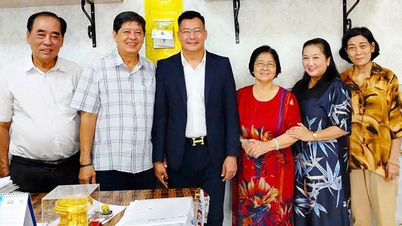
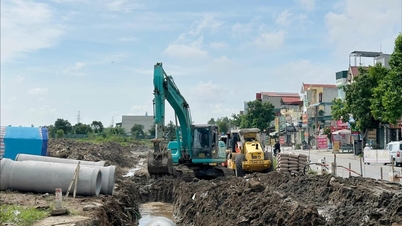

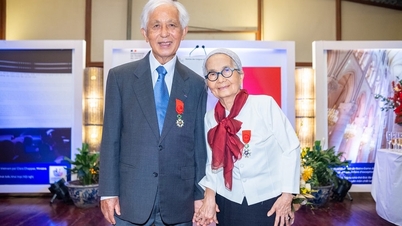





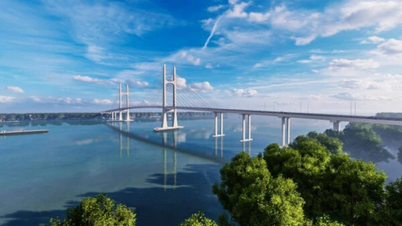
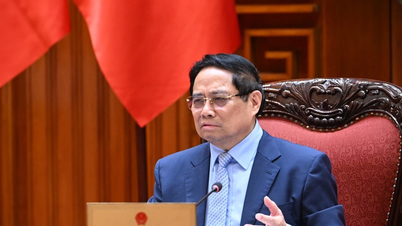
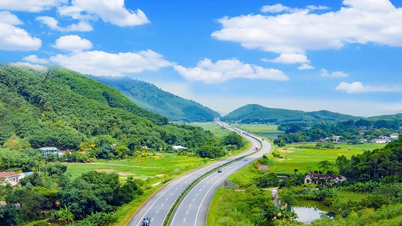





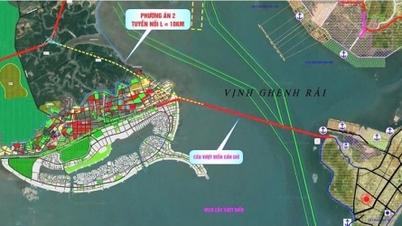
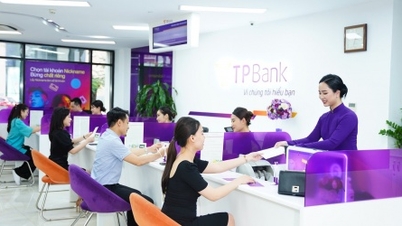


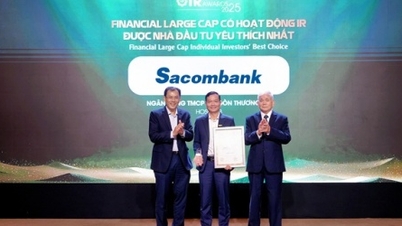

























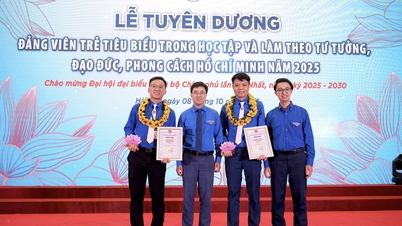
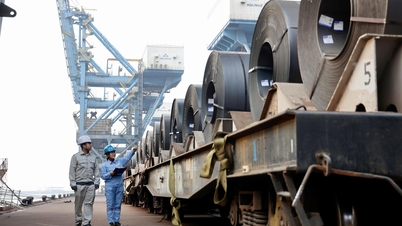





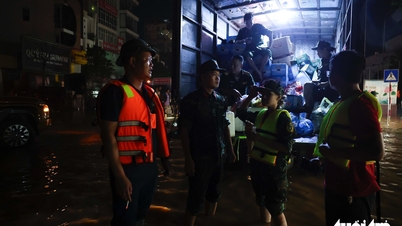




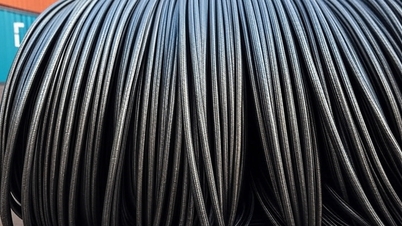












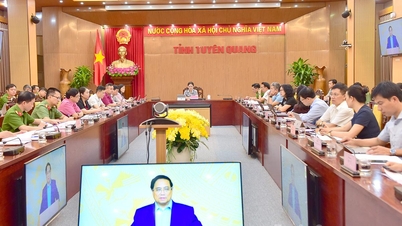
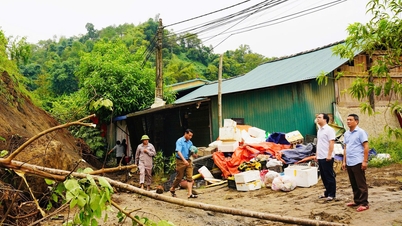






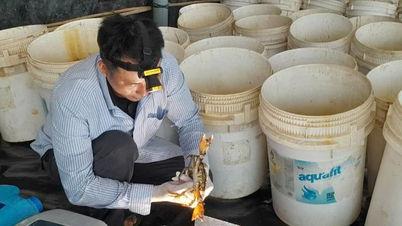











Comment (0)